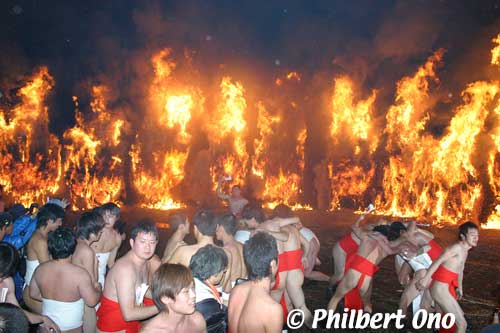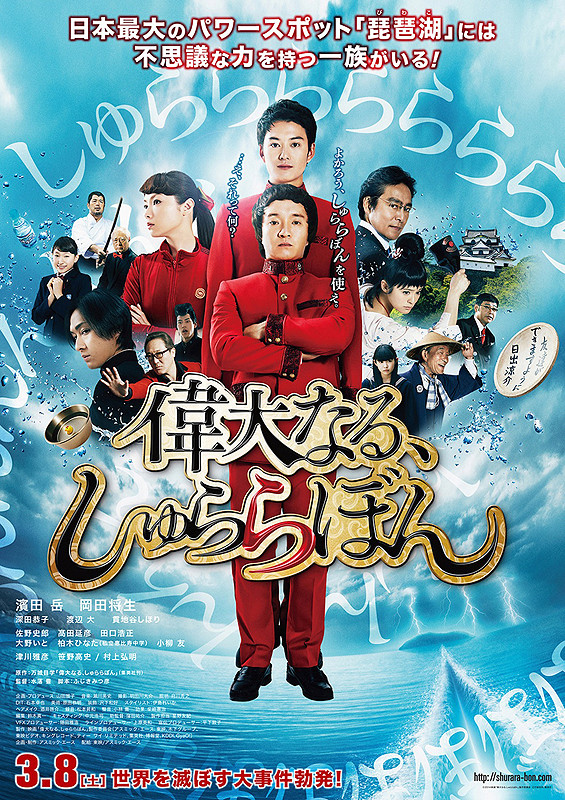Omi-Hachiman and the town of Azuchi merged on March 21, 2010. It is now a new city of about 82,000 residents with the city’s name remaining the same. A mayoral election will be held on April 25 to elect the new city’s first mayor.
Japan will no longer have a municipality named “Azuchi.” This name is famous as the name of Azuchi Castle built by Oda Nobunaga for which the Azuchi-Momoyama Period of Japanese history is partially named.
This successful merger was the second attempt for both municipalities to merge. The first attempt was botched due to opposition by Azuchi residents.
This second attempt, though successful, was a very messy merger up until the day of the merger. After the red tape was completed in July 2009 to merge Omi-Hachiman and Azuchi, opposition arose among Azuchi residents. They sought to oust the Azuchi mayor who pretty much railroaded the merger through the town’s assembly. A referendum was held on Aug. 23, 2009, and 60-year-old Mayor Tsumura Takashi was ousted and replaced in Oct. 2009 by a mayor who opposed the merger.
Since the new Azuchi mayor still faced a town assembly which favored the merger, in March this month, the opposition successfully ousted and replaced those town assembly members who voted for the merger.
The mayor and assembly worked to cancel the merger declaring that the majority of Azuchi residents were opposed to it. However, they received a deaf ear from both Shiga Prefecture and the Japanese government both saying that the completed merger process cannot be reversed. Everyone knew that their efforts were futile. But it should be a lesson and warning for future mergers. The feelings and opposition of affected residents must not be ignored.
The main sticking point for those opposed to the merger was that the historic name “Azuchi” would disappear from Japanese maps. Unfortunately, when a vote was taken to decide the name of the merged city, “Omi-Hachiman” won by a single majority vote. Other choices had included the name “Azuchi” such as “Hachiman-Azuchi.” I was surprised they did not retain “Azuchi” since it is far more famous nationally than “Omi-Hachiman.” During the first merger attempt, the merged city was actually slated to be named “Azuchi.”
I can understand people’s affinity with the place name of their hometowns. But the reality is that Azuchi is in dire financial straits (so is Omi-Hachiman). By merging, it would be eligible for subsidies from the Japanese government. “Azuchi” will remain as a place name in resident addresses.
On March 19, 2010, Azuchi held a town-closing ceremony attended by 70 people. It included a slide show reviewing the town’s 56-year history. The town hall was closed for conversion to a branch office of Omi-Hachiman City Hall. On March 21, 2010, Omi-Hachiman City Hall held a ceremony marking the merger. About 170 people attended. Meanwhile, the interim mayor of Omi-Hachiman until the mayoral election (April 25) could not be decided so Shiga Governor Kada had to appoint one. She appointed the former mayor of Omi-Hachiman who is also seeking re-election.
The last Azuchi mayor commented that he and his cohorts will continue to try and break away from Omi-Hachiman and restore the town of Azuchi.



